Yes, this topic has been annoying me quite a bit; why do you ask?
I was doing a set of tripod-based tests tonight, under the conditions I’ve established for the planned hand-held series, to produce example of just how sharp this target should look through this lens. (One of the questions last time was whether I was expecting too much sharpness.)
I was shooting very carefully, doing nearly everything I could to eliminate sources of vibration: tripod, LiveView mode (so the mirror was up), remote release (so my touching the body didn’t introduce any vibrations), contrast-detection focus (so any alignment issues in the other AF system won’t cause focus errors).
I shot 5 copies of each test case; each group of 5 looks substantially the same, indicating that my procedures were at least consistent from shot to shot.
Here’s one of the full frames, reduced to a sensible jpeg size, to give you an idea of what the setup was. All the images after this will be 100% crops from the center when you click through the thumbnail.
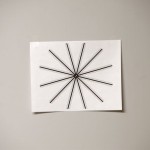
First, here are 100% crops from a few shots without VR at various ISOs and shutter speeds:


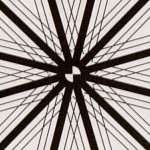
Now, here are 100% crops from a few shots with VR at the one ISO (Lo.1) and shutter speed (1.30sec) I tested:
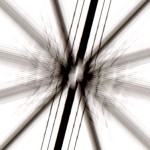
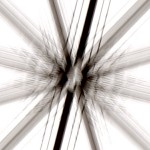
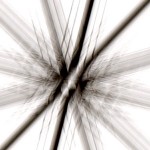
That, as the saying goes, is just not right.
The manual says to NOT use VR on a tripod. Based on this step of the experiment, I have to say that the manual is definitely right on this one! (The manuals for various generations of Nikon VR give different answers to whether it should be used on a tripod. I checked the manual for this specific lens, and it definitely says not to use VR on a tripod. They’re right!)
So, some day soon, the rest of the test, actual hand-held shots with VR on and off, using this same target.
4 thoughts on “VR Tests, Pass 3, Part 1: The Manual is Right”